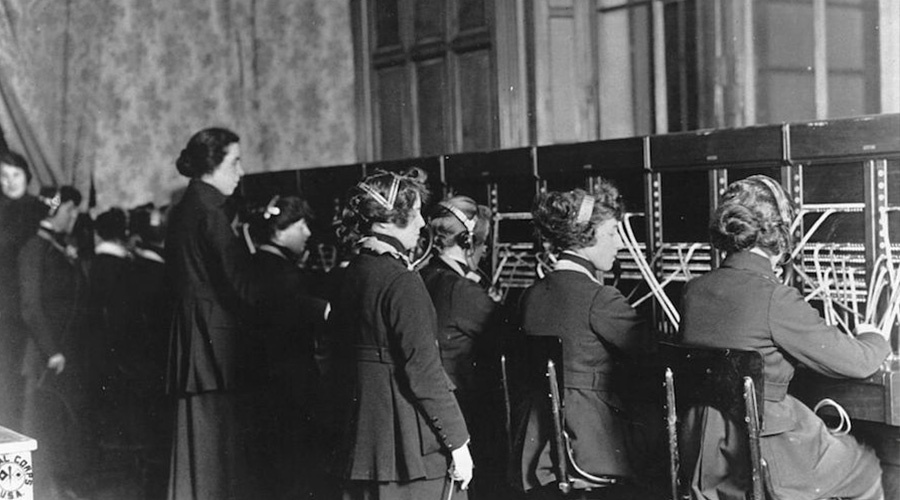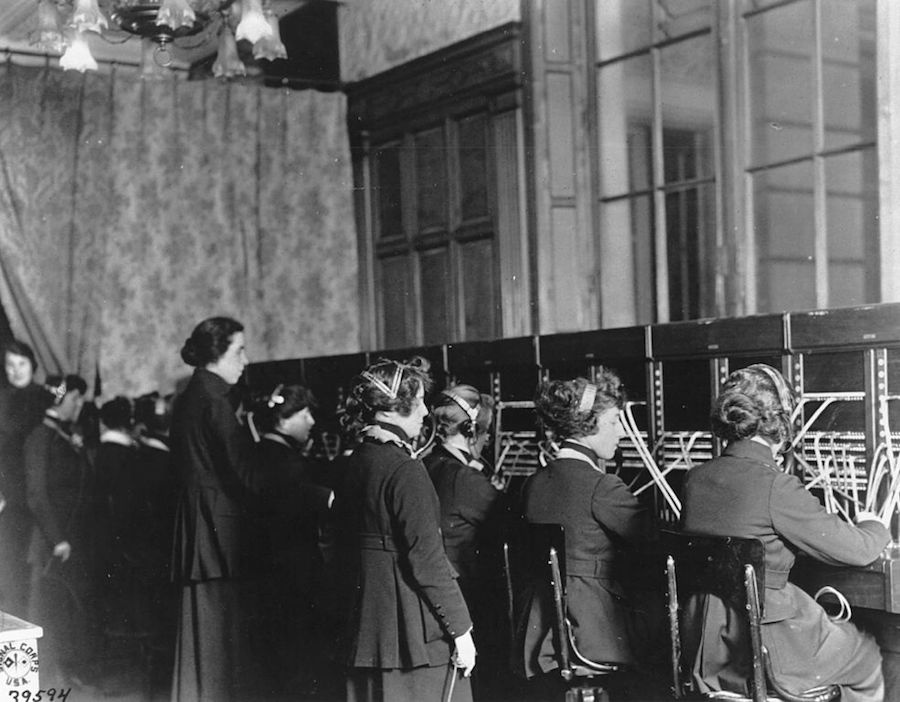What do MENA telcos want to be when they grow up? Part II

This is the second article of two about telecom companies in MENA and how they should be adapting. The first is here. In this part we are looking at what the #Step2017 panel on telcos had to say about how telcos can shift their direction to keep up with digital trends.
“We know that the company [the telco] cannot be entirely agile and digital. But you can take it [the digital transformation] at a smaller scale inside the marketing team for example. The content story is becoming ever more important in this context,” said Antoine Drevon, value creation and customer base management director at Orange Jordan, in the panel discussion.
If they adopt a more open-source approach to OTT (over-the-top) players, telco operators can shift their position from the backdrop to the center of the content ecosystem. “Operators can utilize their key assets of billing, reach and market know-how to provide incentives for players to join their platforms,” said the Arthur D Little report. Indeed, “the role of telcos is very important and vital for us, because the telco is bringing the billings, the data and the marketing support. It can also be very local,” said Anghami’s Maroun. Mobily’s Hamidaddin agreed: “We need to provide them [third-party entities] with an attractive platform to provide their services. Partnerships is [the route through which] mobile operators will make their revenues in the future. These entities will take [away] from our revenues but there are others looking for partnerships.”
Recent OTT-telco deals in the region are pushing the market in this direction, as operators are pushing particularly on maturing on-demand video content providers. In February, Zain signed a partnership with South-East Asian VOD provider Iflix. A month later, Qatar’s Ooredoo launched a partnership with Starz Play Arabia, in the lead-up to its launch of the Oooredoo TV Go app. These partnerships could eventually lead to more sophisticated shared revenue and platform models, such as Dutch telco company KPN’s recent deal with Endemol Shine Group: a 10-part series made available on Play, KPN’s OTT streaming service.
Higher speeds, lower cost per gigabyte, lower-cost downloads, and larger capacity smartphones are key factors stated by Deloitte’s yearly TMT (Technology, Media and Telecommunications) Predictions 2017 report for telco operators to not only develop new offerings, but also, understand changing usage habits.
While telco operators are yet to explore full ownership of content platforms and new business models, they are exploring their options. “We have a couple of apps that were developed in-house by Saudi youth. Recently, we have seen some changes in the market, whereby operators are going after youth by offering data on specific social media applications. This is something that Mobily is [experimenting with] as well,” said Hamidaddin.
From dumb to smart pipes
“I think that when you provide content services that are relevant to every user, I don’t think you will fear playing the role of a dumb pipe. You’re becoming more relevant for their need,” responded Anghami’s Maroun to Qureishy’s queries on telco operators stagnating as utility providers.
To this possibility, panelists were rather realistically open. “Sometimes there are services in the middle which are connective by nature. So we are still in our pipes, but we are bringing [top-notch] pipe security and quality so that [partners] will be able to make the most of them,” said Orange’s Devron. Dominguo added: “Telcos need to set goals of what they want to be when they grow up. There is kind of an identity crisis […] Today, we are the point of looking beyond network capacity and we see the value that we bring through data. If [telcos] are not willing to do that, then they should just focus on being the most efficient utility company in the world.”
And in that respect, Deloitte predicts telcos will have a big role to play in laying out the bare bones for smart and connected cities.
Connected and assisted cars on the path to fully driverless technology is one such example. “5G will enable vehicle-to-vehicle connectivity technology by lowering costs, battery consumption and latency for all machine-to-machine communication applications,” stated the TMT report.
Operators and automotive players have been testing the waters with vehicle communication in the UAE since 2015, when Etisalat and Nissan partnered to deploy connected cars within the automotive maker’s Maxima and Patrol lineups. In 2016, the telco also partnered with Huwaei to apply narrowband-IoT (internet of things) machine-to-machine communication. Last month, it was also reported to be testing 5G in 2018 and launching it by 2019. Deloitte expects 5G to be launched in its pre-standard for in several GCC regions that same year, and in wider metropolitan areas by 2020.

Still, Qureishy believes that content and tech players are “eating the lunch” of telco operators, and “you are just offering them the platform to do so. When are you going to start asking for fair revenue sharing?”
“I don’t think the issue is that they are eating our lunch. We provide the network, they provide services,” answered Dominguo. Global telco operators may disagree, having gone on an acquisition binge of large ad tech players in a bid to grow revenues being made off of their networks. Some are even challenging tech players in data collection; in late March, India carriers availed to users Mobile Connect, an option to log in via their networks rather than via social networks.
While it is early days for MENA’s telco operators for such acquisitions, in an increasingly competitive market, the gap between large conglomerates and smaller agile players is bound to shrink. And that could mean taking even early stage startups more seriously.


